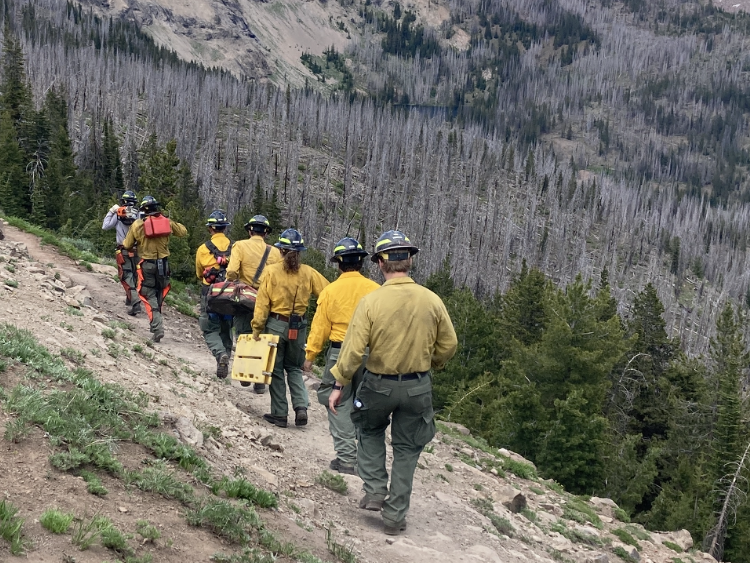Cattlemen see strong beef market ahead
Published 4:00 pm Saturday, December 14, 2013
With cattle prices expected to hit record highs in 2014, local ranchers can look forward to some banner years ahead in sales and profit.
But while demand for beef remains strong, cow herds continue to shrink across the country especially in Midwest states affected by severe drought. That could lead to closing more feedlots and packing plants, industry leaders told the Umatilla County Cattlemens Association, unless the trend recovers.
Approximately 25 producers attended the groups annual meeting Saturday at Blue Mountain Community College, where guest speakers emphasized the importance of rebuilding the herd to avoid future downsizing and pricing themselves out of the market.
Oregon wildlife officials also gave an update on wolf packs in the region, highlighting new management regulations. The rules are designed to protect endangered wolves, while at the same time giving producers more flexibility to protect their livestock against depredation.
State Sen. Bill Hansell, R-Athena, served on the Senate Environment and Natural Resources Committee when the Legislature overwhelmingly passed the new wolf bill in June. That put into law provisions of a two-year court settlement reached in May between the state, conservation groups and Oregon Cattlemen s Association.
Hansell is optimistic the momentum will carry over into a meaningful cougar bill in 2015, he told the county cattlemen s association.
(The wolf bill) wasnt what everybody wanted, but were very excited about getting something that makes more sense than what we had before, Hansell said. It was bipartisan, rural-urban activity. We were all together on this.
The Oregon Department of Fish & Wildlife investigated nine total incidents of livestock damage locally in 2013, said district biologist Mark Kirsch. Of those, two were confirmed attacks by wolves on sheep and one attack on a mature milking goat all coming from the Umatilla River pack.
ODFW helped two landowners install fladry fencing, Kirsch said, and provided bells on cattle. Non-lethal forms of deterrence are required in order for a confirmed attack to qualify toward killing problem wolves, according to terms of the settlement.
Russ Morgan, wolf program coordinator, explained how the department coordinates with landowners to develop conflict deterrence plans once an area is known to have depredating wolves.
Incidents do not qualify within areas of known wolf activity unless the ranchers remove, treat or dispose of all attractants such as bone piles for at least seven days prior to the depredation. They must also have been using at least one additional form of non-lethal control.
Documentation will be the most important, and perhaps the most difficult, thing for producers to satisfy the requirements, Morgan said.
The goal isnt just killing wolves, Morgan said. The goal is to stop depredation.
In other presentations, cattle industry leaders joined the association via teleconference to discuss their outlook for next year and ways to maximize profitability. Tom Brink, president of JBS Five Rivers Cattle Feeding based in Greeley, Colo., said cow-calf prices should continue to rise as production costs eventually decline.
For now, it remains a great time to own cows, Brink said. Prices could average about $2 per pound.
I think we can make pretty good profit over our costs, he said. The demand is there for our product, but if we dont start to expand our supply and fill that demand, it may shift elsewhere.
Troy Marshall, contributing editor for BEEF magazine, covered factors that affect expanding the cow herd, including ethanol mandates, sustainable farming and water. He also stressed the importance of good genetics to breeding better, more profitable animals.
The total economic advantage of top-performing cattle is as much as $219 per head, Marshall said.
Every pound is worth more. Weve just seen the value expand drastically, he said.
Contact George Plaven at gplaven@eastoregonian.com or 541-564-4547.








